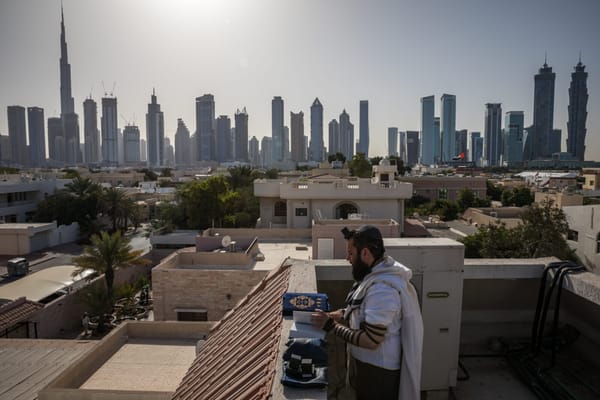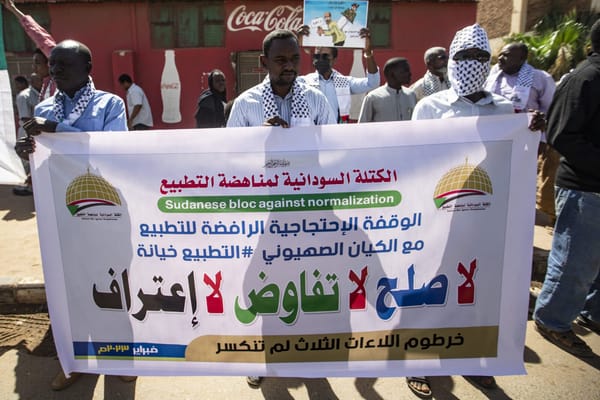Iran's Economy
Workers, bazaar merchants and artisans, farmers, salaried officials and professionals -- all expected that the departure of the Shah would mean better economic conditions for themselves and the Iranian people. At the very least, funds that had been diverted into corruption or used to purchase expens









